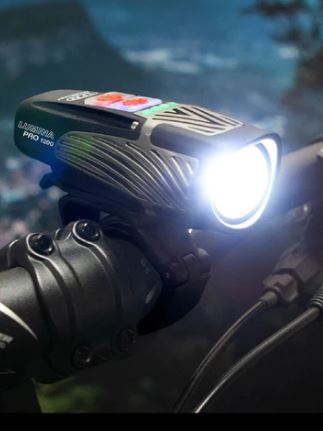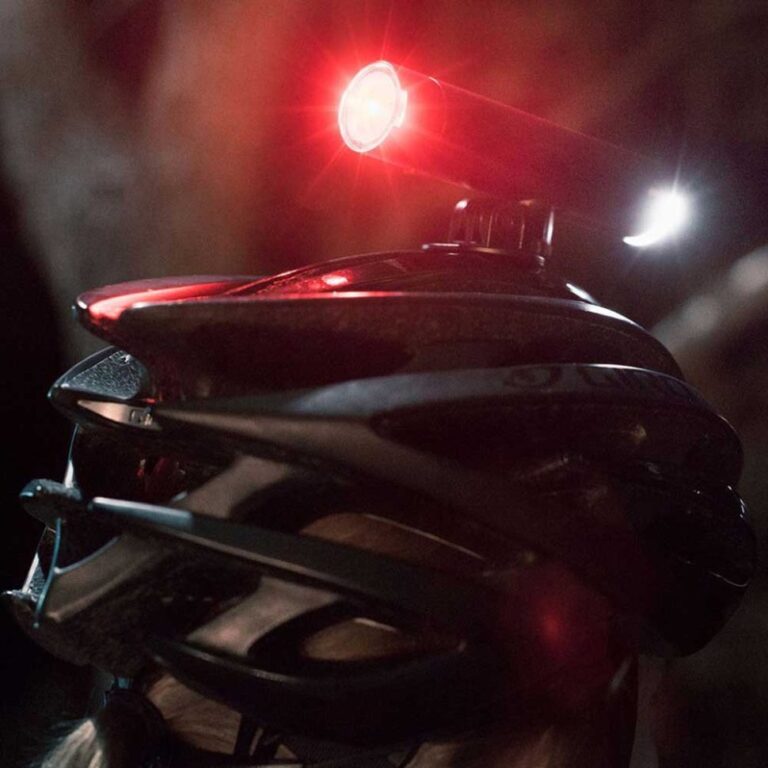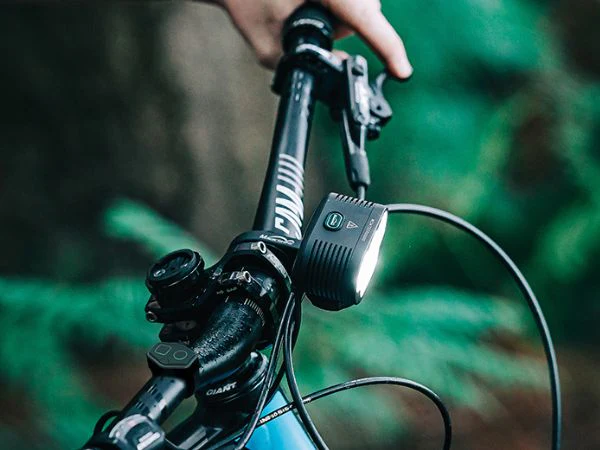Navigating the Glow: Rechargeable vs. Battery-Powered Bicycle Lights

Key Point Summary of Rechargeable vs. Battery-Powered Bicycle Lights:
- Rechargeable Bicycle Lights: Offer convenience, cost savings over time, and are more environmentally friendly due to less waste.
- Battery-Powered Bicycle Lights: Provide reliability, especially in situations where charging options are limited, and are typically easier to replace on the go.
- Power Options: Rechargeable lights often use lithium-ion batteries, while battery-powered lights may use standard AA or AAA batteries.
- Light Types: Both rechargeable and battery-powered lights can come in various types, including LEDs, which are the most common due to their efficiency and longevity.
As a seasoned cyclist who’s navigated the trails, roads, and races across multiple disciplines like mountain biking, gravel grinding, and cyclocross, I’ve come to appreciate the critical role that lighting plays in the safety and enjoyment of cycling, especially under the cloak of night or the dim of dawn.
For beginners and mid-level cyclists venturing into the realm of night riding, the choice between rechargeable and battery-powered bicycle lights can be as pivotal as selecting the right gear. Here’s a comprehensive dive into the world of bicycle lighting, designed to illuminate your path to making the best choice for your cycling adventures.
The Luminous Debate
The debate between rechargeable and battery-powered bicycle lights is not just about choosing a power source; it’s about considering your cycling lifestyle, habits, and the environments in which you ride. Let’s shed some light on both options.
Rechargeable Bicycle Lights: The Modern Torchbearers
Rechargeable bicycle lights, typically powered by lithium-ion batteries, have surged in popularity for several reasons. They’re seen as a more sustainable option, reducing the need for disposable batteries. The upfront cost might be higher, but over time, they can be more cost-effective than constantly buying new batteries.
The convenience of recharging, often via USB, means you can charge them just about anywhere—be it from your computer, a power bank, or a wall socket. For someone who commutes daily or embarks on long training rides, this aspect is invaluable.
However, their reliance on a power source for charging can be a drawback. I recall preparing for a dawn ride only to find my lights hadn’t charged overnight due to a power outage—an annoying setback that could have been avoided with battery-powered backups.

Battery-Powered Bicycle Lights: The Dependable Classics
Battery-powered lights, often running on AA or AAA batteries, have a charm of reliability and simplicity. Their biggest advantage is that you can replace the batteries anywhere, making them ideal for long rides, bikepacking trips, or situations where you’re away from power sources for extended periods.
Yet, the ongoing cost of replacements and the environmental impact of disposable batteries are significant downsides. Plus, the performance can gradually diminish as the batteries lose charge, which can be less than ideal during a ride.
On an overnight mountain bike trip, the ease of swapping out batteries for my headlamp was a game-changer, ensuring continuous light without the need for a power outlet.
Weighing the Options
When choosing between rechargeable and battery-powered lights, consider these factors:
- Ride Duration and Frequency: Frequent riders might lean towards the convenience of rechargeable lights, while occasional cyclists could prefer the on-demand reliability of battery-powered options.
- Access to Charging Facilities: Urban cyclists with easy access to charging options may find rechargeable lights more practical, whereas adventurers in remote areas might benefit from battery-powered lights.
- Environmental Impact: For the eco-conscious cyclist, rechargeable lights offer a way to minimize waste and reduce the environmental footprint.
- Cost Over Time: While rechargeable lights may have a higher initial cost, savings on batteries can make them more economical in the long run.
In Conclusion
Both rechargeable and battery-powered bicycle lights have their place in a cyclist’s arsenal, often complementing rather than excluding one another. Personally, I’ve found a hybrid approach serves me best—relying on rechargeable lights for daily use and keeping battery-powered lights as backups for longer excursions or unexpected situations.
The decision ultimately hinges on your specific needs, riding habits, and preferences. By considering the factors outlined above, you can ensure that your choice not only brightens your path but also aligns with your cycling lifestyle.
Choosing the best bicycle lights depends on your specific needs, such as the type of cycling you do, the conditions in which you ride, and your budget. Here’s the recommendation:
- Rechargeable: The Cygolite Metro Plus 800 USB is an excellent choice for its powerful illumination, versatility, and USB rechargeability, making it suitable for a wide range of cycling activities.
- Battery-Powered: The Planet Bike Blinky Safety 1-Led set offers reliable visibility with simple, battery-powered operation, ideal for those seeking convenience and ease of use without the need for recharging.

FAQ
Are rechargeable bike lights better?
Yes, for most cyclists, rechargeable bike lights are better due to their cost-effectiveness over time, environmental benefits, and convenience of recharging.
Which light is better for bikes?
LED lights are generally considered better for bikes because of their efficiency, brightness, longevity, and low power consumption.
How long do rechargeable bike lights last?
The lifespan of rechargeable bike lights can vary widely depending on the light’s quality and usage, but on a single charge, they typically last between 2 to 20 hours, influenced by the brightness setting used.
What is one disadvantage of using a bicycle dynamo instead of a battery powered light?
One disadvantage of using a bicycle dynamo is that it can create additional pedaling resistance, making it slightly harder to cycle, especially noticeable when riding uphill or at slow speeds.
Happy riding, and may your path always be well-lit!
John





